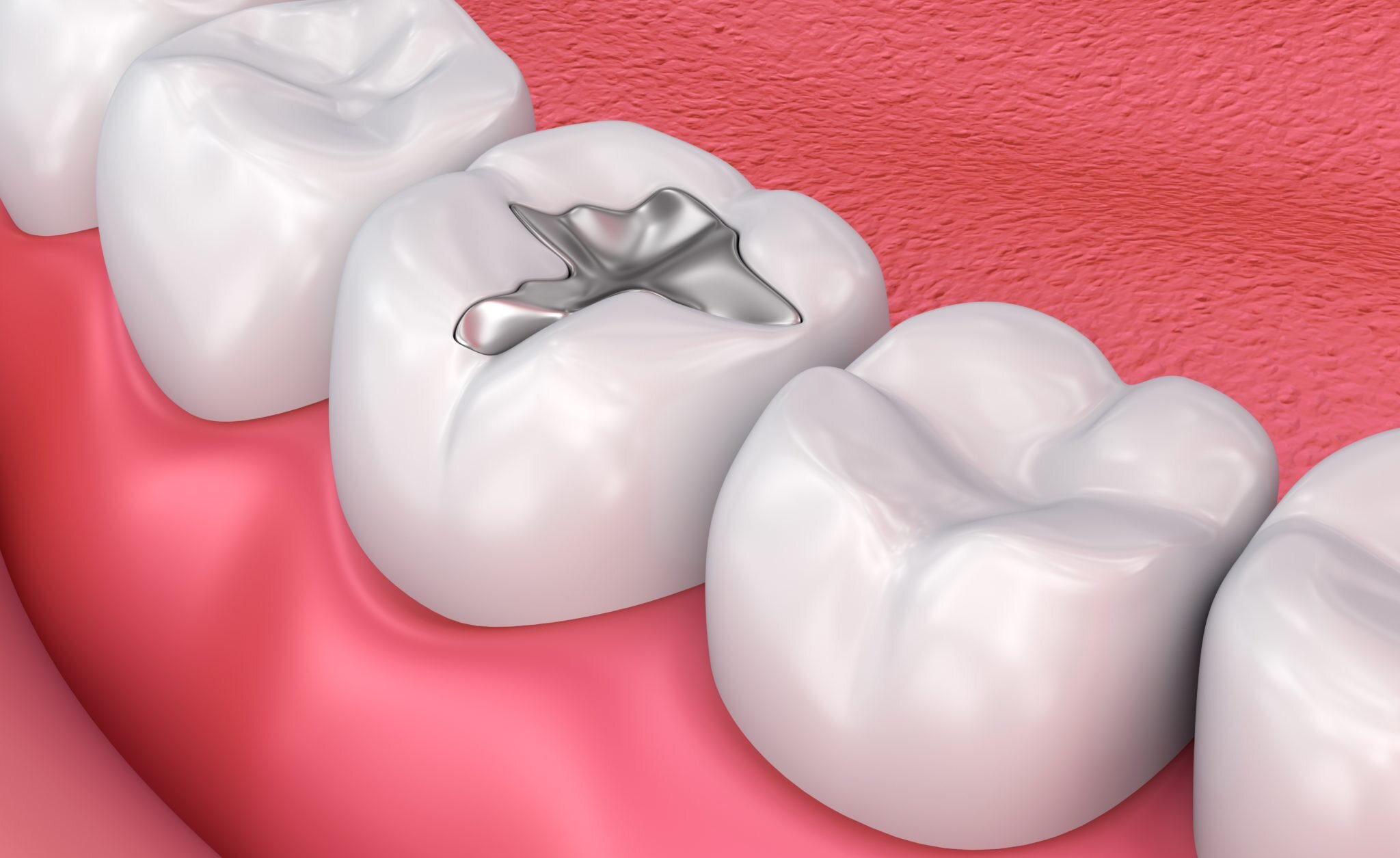Fillings
Fillings are aptly named, as they "fill" an area of a tooth that has been damaged. The damage can be from a small crack or a cavity due to the decay of the tooth enamel. The tiniest of cavities need to be
repaired as soon as possible to prevent the decay from spreading and causing a larger area of damage, leading to more complicated procedures to fix them. Allowing the decay to progress also invites bacteria into the body through the weak spot in the tooth and can progress into an infection.
An anesthetic is used around the base of the tooth needing the filling. With a numbing gel applied to the gums before the anesthetic is injected, the patient shouldn't feel anything more than a minor pinching sensation during administration. Once the anesthetic has taken effect and the entire area is numb, the damaged part of the tooth is removed and prepared for the filling material. Some filling materials are hardened with a special light after placement.
After the filling is placed, the tooth will be restored to his normal function and shape.
The placement of the filling in the mouth and patient budget are used to determine which type of filling material is used. Dr. Keyes can suggest the best option for your fillings. There are four different types of fillings – Composite resin, porcelain, silver amalgam, and gold.
Call Family Dentistry today to make an appointment.
